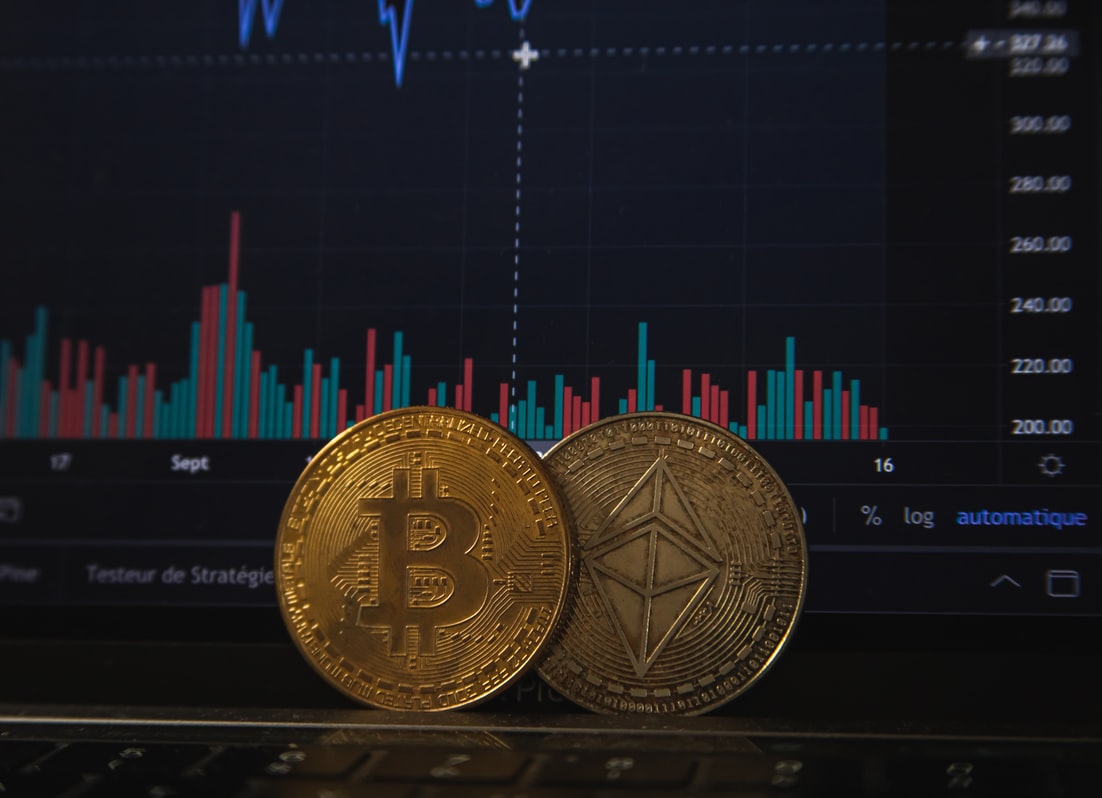When many people think of bitcoin, the first thing that comes to mind is volatility. Up 15% today, down 10% tomorrow, bitcoin’s price fluctuations are one of the biggest factors scaring away new investors. However, others may find that bitcoin’s volatility creates the opportunity to make profitable trades.
What is bitcoin trading exactly and how does it work? Read on to find out the basics of BTC trading for beginners.
What is bitcoin trading?
Bitcoin trading is buying and selling bitcoin for fiat or another cryptocurrency to make a profit. Essentially, bitcoin traders aim to purchase bitcoin at a low price and sell when the price is high.
Understanding what influences bitcoin’s price
Before taking a deep dive into bitcoin trading, it is essential to understand the factors that influence bitcoin’s price.
Bitcoin’s supply
Like any valuable object, much of bitcoin’s value is generated from the principles of supply and demand. Like gold, bitcoin’s supply is scarce – with a limit of 21 million bitcoins to ever exist. As bitcoin increases in popularity among investors and traders, its demand increases, making it more difficult to obtain, and generating an even higher price.
Press
The media has a massive influence on just about everything in our economy. That is why the press (both positive and negative) has such a huge impact on bitcoin’s value. A great example of the power of the media is the coverage of billionaire Elon Musk’s bitcoin stance early in 2021. In February, Musk declared his bullishness on bitcoin and a commitment to buying $1.5 billion BTC through his company Tesla, causing a media frenzy and a subsequent BTC price increase by as much as 20%. A few months later, Musk changed his position on bitcoin, citing environmental concerns, causing yet another onslaught of bitcoin press – this time negative – causing a price crash of more than $20,000 in the following weeks.
Fiscal and monetary policies
Despite being a decentralized currency free from central banks’ oversight, the value of bitcoin is still intrinsically linked to the fiscal and monetary policies of global economies. As the world’s reserve currency, bitcoin’s value is particularly impacted by policies against the U.S. dollar. A great example of policy impact on bitcoin was seen in 2020. The U.S. government took a series of substantial fiscal and monetary stimulus measures intended to relieve the economy of the ongoing COVID-19 crisis. These policies led to fears of inflation and currency devaluation among investors, who then sought bitcoin as an alternative investment solution, which drove bitcoin’s price higher.
Regulatory measures
Bitcoin and other cryptocurrencies are relatively new technologies that have yet to be fully understood by regulatory bodies. As it currently stands, there is a great deal of regulatory uncertainty around bitcoin. New regulations are sure to come and will no doubt influence bitcoin’s price.
China has recently enforced a total crypto ban which caused the value of bitcoin to decrease significantly. Suppose the United States decided to implement a more laissez-faire regulatory approach. This government’s support through regulatory measures would lead to bitcoin’s increased trust by the general public and a likely price increase.
Suggested reading: What Gives Bitcoin Value?
Popular bitcoin trading styles for beginners
Now that you have an understanding of the various factors that can cause bitcoin’s price to move, you can pick a trading strategy that works for you. Below, find three trading styles that are popular among beginner traders.
HODLing
One of the most popular beginner-friendly bitcoin trading strategies is to HODL or “Hold On for Dear Life” by buying bitcoin and holding bitcoin in hopes of price increases over the long term. HODLing is a popular strategy because bitcoin has famously quickly amassed value in relatively short periods. For example, bitcoin’s value has increased by more than 130% since this time last year.
Dollar-cost averaging
Dollar-cost averaging is a trading strategy where you commit to regular bitcoin purchases of the same amount simultaneously every week or month. For example, someone looking to employ the dollar-cost averaging method may decide to purchase $100 in bitcoin every time they receive their biweekly paychecks. Buying at regular intervals over a long period helps eliminate some of the risks associated with the volatile crypto markets without putting up too much capital at any given time. It also means that, on average, you are more likely to get more bitcoin for the money traded than if you had traded all your dollars for bitcoin at once.
Day trading
Those with more experience working in financial markets may prefer to day trade bitcoins. Day trading involves buying and selling bitcoin throughout the day, hoping to profit from short-term price fluctuations. Bitcoin prices have been known to rise and fall upwards of 10% on any given day, which means that if the timing is right – day trading could be pretty lucrative. However, day trading has risks because it is impossible to predict bitcoin’s price movements with certainty.
How to trade bitcoin
There are many different ways to buy and sell bitcoin, but one of the easiest methods is over-the-counter (OTC) trading through CoinFlip’s Trade Desk.
What is CoinFlip Trade Desk?
Trade Desk is CoinFlip’s over-the-counter trading experience that pairs you with a personal account manager to help you through the onboarding process and answer any questions. Trade Desk allows you to buy and sell bitcoin and other cryptocurrencies quickly and promises no hidden fees, with standard rates varying from 0.5% to 4% depending on the volume of your transaction.
Register for Trade Desk today to start trading bitcoin with one of the leading names in the crypto space.
KuCoin Promo-Code:
(*) Affiliate-URL


I personally do not know a lot about bitcoin or bitcoin trading. However, my son-in-law is just getting into all of this and he loves it. My daughter said that he has spent hours researching it all and is loving how he can profit from it.